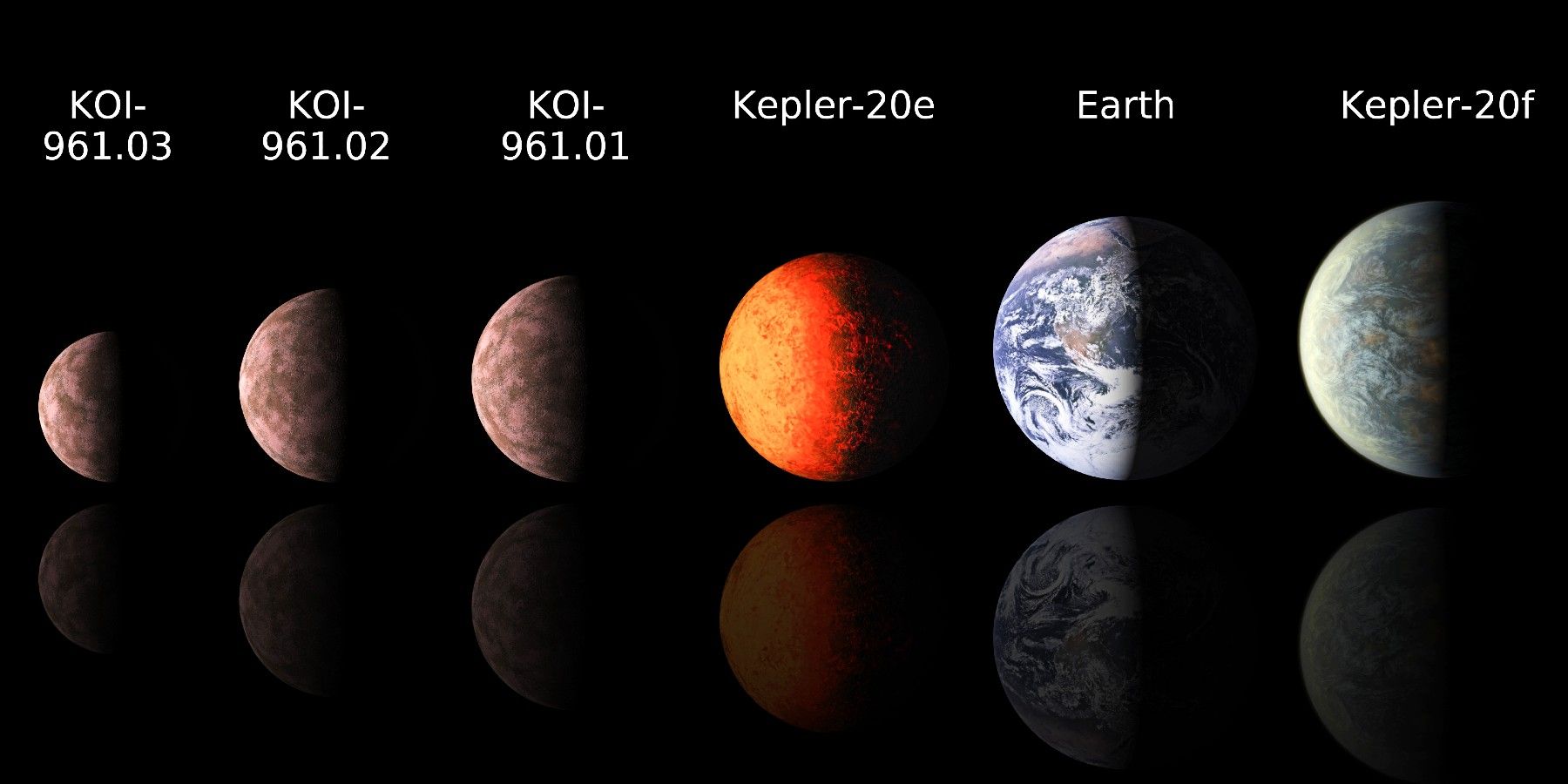The European Space Agency's Plato Telescope is next in line for launch and part of a selected group of telescopes joining Webb in the hunt for exoplanets in deep space. The search for exoplanets is one of the most rapidly growing fields in space exploration. Missions search for planets beyond this solar system, focusing on planets that look like Earth.
The James Webb Telescope, now very close to starting operating, is an international collaboration of NASA, the Canadian Space Agency (CSA) and the ESA. Webb is also part of ESA's Cosmic Vission Missions. The Cosmic Vission 2015-2024 includes telescopes Cheops, launched late 2019, Webb, Ariel and Plato.
ESA gave the green light to the Plato Telescope, and now it moves into the next stage. Critical components of the Plato telescope have gone through exhaustive testings and evaluations. ESA began building Plato in 2018. Unlike Webb, which uses mirrors, Plato has 26 telescope "cameras" that it will use to form a big complex picture of deep space. Plato's main objective is to find and study a large pool of extrasolar planetary systems focusing on terrestrial planets in the habitable zone.
How It Works And Hunts For Exoplanets
The 26 telescope cameras of Plato form a 1 m class visual that covers a field of view 10,000 times the area of a full moon. Distant exoplanets don't emit light like stars. Instead, they emit faint infrared heat signals. To detect planets, Plato focuses on stars and waits to catch sight of them as they transit and orbit their sun, casting "eclipse" shadows. Plato is also interested in the seismic activity of stars. Understanding stars, their size, age and composition can help answer how stars shape planets.
More than 100 ESA experts divided into two groups, one for spacecraft and the other for payload, reviewed the Plato Telescope progress. They concluded the spacecraft is solid in its interface and is on schedule. The review team exhaustively analyzed camera production, assembly, structure testings and qualification of camera units.
The team also put components of the spacecraft through thermos-elastic deformation tests TEDs. Spacecrafts and components in space tend to deform due to vacuum, temperatures and other factors. Therefore spacecraft go through simulated space environment chambers before launch. The next stage for Plato is stage two, which ends with a critical review of the spacecraft's design and assembly. Plato will launch in 2026, and like Webb, it will operate a long way from home, 1.5 million kilometers from Earth, to be exact. "From this point (in space), the telescope will observe more than 200,000 stars," ESA says.
Source: ESA


